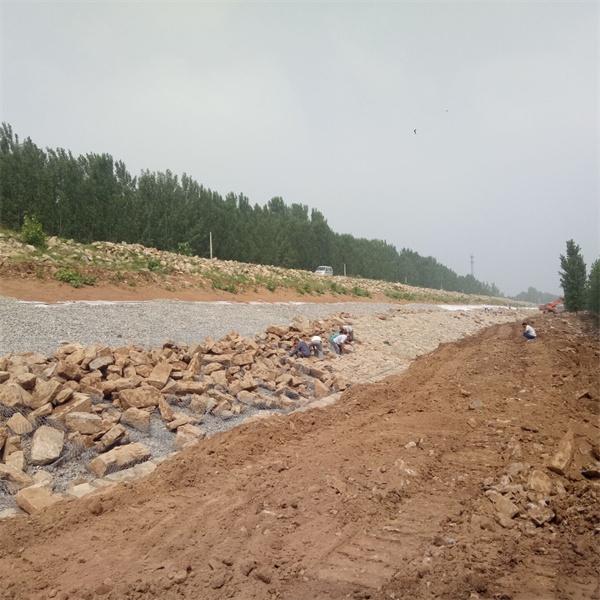Nov . 01, 2024 06:50 Back to list
Innovative Uses of Gabion Hog Rings in Landscaping and Construction Projects
Understanding Gabion Hog Rings An Essential Component for Effective Retaining Structures
Understanding Gabion Hog Rings An Essential Component for Effective Retaining Structures
Hog rings are U-shaped metal fasteners made from wire, typically galvanized to resist corrosion and ensure long-lasting durability. Their design allows them to be crimped closed, securing the ends of the wire mesh that form the gabion cages. This feature is vital because it prevents the rocks within the gabion from spilling out and maintains the structure’s overall shape, particularly when subjected to pressure from soil or water movements.
gabion hog rings

The application of hog rings in gabion construction is straightforward yet requires attention to detail. When constructing a gabion, the first step involves placing the wire mesh into the desired shape—usually a cube or rectangular prism. The rocks or stones are then loaded into these cages. Once filled, the mesh must be securely fastened using hog rings. It's recommended to place hog rings at regular intervals along the seams of the wire mesh, ensuring that each joint is adequately supported. The use of hog rings not only enhances the gabion’s structural integrity but also provides flexibility for adjusting the mesh during the filling process.
One of the significant advantages of using hog rings in gabion applications lies in their simplicity and effectiveness. Unlike other fastening methods, hog rings do not require specialized tools for installation—just a pair of pliers, making them ideal for both professional contractors and DIY enthusiasts. Moreover, their ability to withstand harsh environmental conditions, including extreme temperatures and moisture, ensures the longevity of gabion structures.
In summary, hog rings play an indispensable role in gabion applications, providing the necessary support to ensure durable and reliable retaining structures. Their ease of use and resistance to corrosion make them a favored choice in constructing effective erosion control solutions. For anyone involved in landscaping or civil engineering, understanding the function and application of hog rings is essential for optimizing gabion performance and achieving the desired results.
-
HESCO Gabion Baskets for Coastal Erosion Prevention
NewsAug.22,2025
-
Longevity and Durability of River Rock Gabion Walls
NewsAug.22,2025
-
How to Integrate Gabion 3D Walls in Urban Planning
NewsAug.22,2025
-
Reno Mattress Gabion Applications in Civil Engineering
NewsAug.22,2025
-
How to Install Wire Mesh for Gabion Baskets Properly
NewsAug.22,2025
-
Best Materials for Filling a Chain Link Gabion
NewsAug.22,2025
-
Wire Mesh Thickness Impact on Gabion Wall Load Bearing
NewsAug.12,2025






